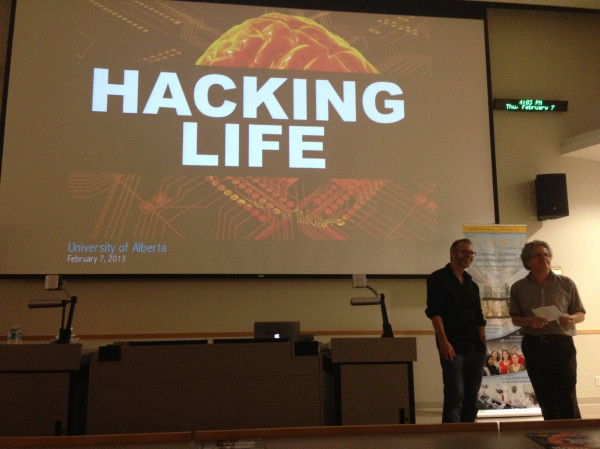I’m a PhD candidate hoping to graduate within the year, and as a result my radar is on full alert for what comes next. Unfortunately, the landscape for careers in academia looks bleak:
The pattern reaching back to 2001 is clear — fewer jobs, more unemployment, and more post-doc work — especially in the sciences. A post doc essentially translates into toiling as a low-paid lab hand (emphasis on low-paid as shown below. Once it was just a one or two year rite of passage where budding scientists honed their research skills. Now it can stretch on for half a decade . (The Atlantic)
Of course, the article that I’m linking to refers primarily to our American counterparts, but the story for Canadian PhDs is worse:
However, economic returns and employment situation of higher educated persons in Canada — as compared to U.S. and other OECD countries — are disturbing. PhDs, even after five to six more years of schooling, earn only 8 per cent more than Masters. In U.S., they earn 43 per cent more. In Canada, PhDs unemployment rate is even worse: 50 per cent more than Masters (6 per cent as compared to 4 per cent).
In U.S., their unemployment rate is only 1.9 per cent. Although U.S. has nine times higher population than Canada, it produces 14 times more PhDs. After adjusting the difference in population and number of doctoral graduates of the two countries, unemployment rate of PhDs in U.S. in Canadian terms should have been 8.4 per cent, not 1.9 per cent. Also, a government report shows that a good number of PhDs are driving taxies in Canada. (The Huffington Post)
The full Statistics Canada report from 2011 that this article is based off of is here: Expectations and Labour Market Outcomes of Doctoral Graduates from Canadian Universities.
So if the world of academia is shrinking, what options do graduates have? According to a recent article in the Globe and Mail:
Just one of four PhD graduates becomes a professor, which begs the question of how to capitalize on the talents of those not headed for academia.
One answer, many believe, is internships at the master’s, doctoral and postdoctoral level. Such programs give young scholars an early taste of working in industry and help Canadian companies boost research and development activities.
However, matching companies and researchers is a challenge. Canada lags the United States in the proportion of PhDs in industry, research shows, and newly-minted PhDs, with theoretical expertise, typically lack job-ready experience. (The Globe and Mail)
So great, maybe there will be some impetus to incentivize PhDs to take positions in industry? The National Science and Engineering Research Council Postdoctoral Fellowship looks like the ideal vehicle to give recent PhDs the leg up they need to enter the industry, only NSERC has been cutting back their fellowship awards for 5 years:
I always knew that bad news was released on Fridays in the summer… but last Friday was pretty ridiculous. NSERC has just announced that in order to improve its success rate (just clocked at 7.8% in the most recent competition) it will now reduce the number of times an individual can apply for a postdoctoral award from two to one.
… now that your jaw is back in place, let’s look at what really matters. The absolute number of fellowships awarded by NSERC represents how many scholars it supports each year through its program, and no matter how many people are applying, this is the most important number.
Sadly, the last five years have seen NSERC’s funded fellowships drop dramatically (awards / applicants):
- 250 / 1169 (2008)
- 254 / 1220 (2009)
- 286 / 1341 (2010)
- 133 / 1431 (2011)
- 98 / 1254 (2012)
This is unbelievable and it cannot be sugar coated with a letter about streamlining or complaints about increased applicants (just a 7% increase in applicants from 2008 to 2012).
The sad facts are that NSERC is awarding 66% fewer fellowships. As you can imagine, this has had an effect on success rates, but NSERC’s solution is to try and reduce the number of applicants in an effort to bring up the rate so that they can rid themselves of their sub-10% success rates. (University Affairs)
What does this mean for you and me? It means that we need to explore the options that are off the beaten path, because the way that our professors wended their way to academia are almost all dried up.
